14 Hardy Landscaping Plants That Practically Grow Themselves
Maintaining a beautiful garden does not always mean a lot of effort. There are certain plants that can handle different weather conditions and still flourish. These sturdy options require very little attention once established. They are perfect for anyone looking to simplify their landscaping routine. Read on to find out which plants can help you create a low-maintenance, vibrant garden.
This post may contain affiliate links, which helps keep this content free. Please read our disclosure for more info.
Daylilies (Hemerocallis)
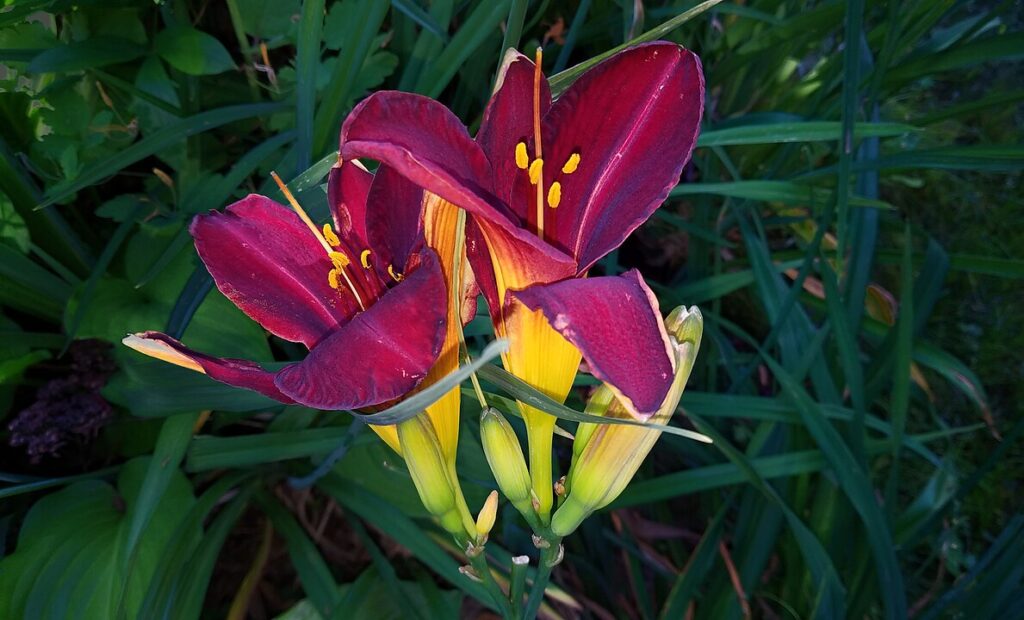
Daylilies are an excellent choice for any garden, known for their vibrant colors and resilience. They can grow in almost any soil type and handle both dry and wet conditions. Once planted, they need little attention, making them ideal for low-maintenance landscapes. Their ability to bounce back from tough conditions makes them a favorite for many gardeners.
These hardy plants bloom in summer and are available in a wide range of colors. They are perfect for borders, flower beds, or even container gardening. With proper sunlight, daylilies will continue to thrive year after year. They require minimal watering and are resistant to pests, making them a true indestructible choice.
Lavender (Lavandula)
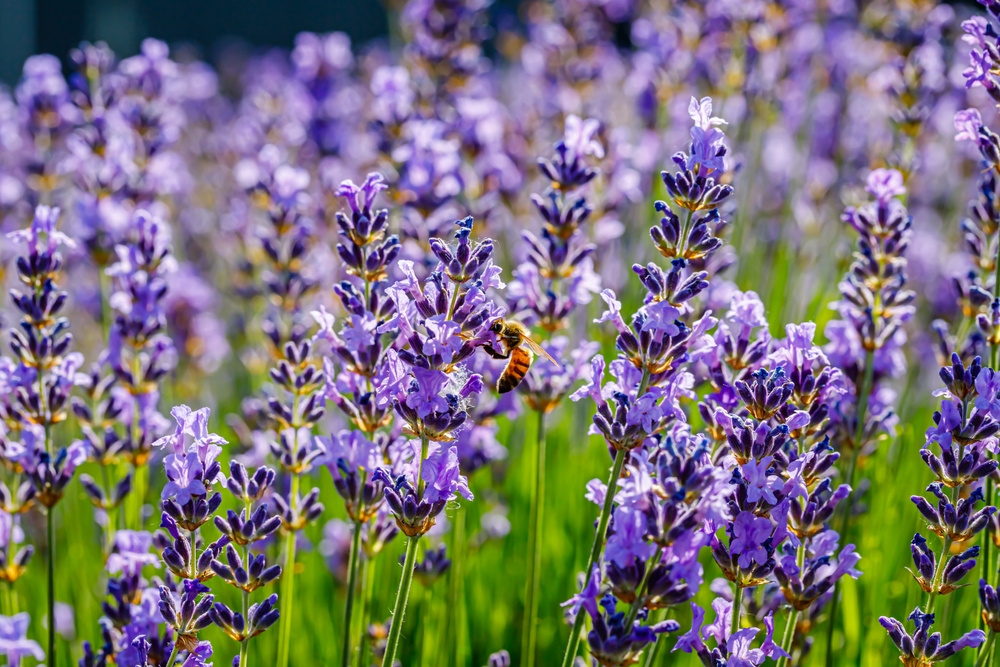
Lavender adds both beauty and fragrance to your landscape while requiring little care. This perennial herb thrives in well-drained soil and full sunlight, tolerating drought conditions once established. Its purple spikes not only provide visual appeal but also attract pollinators like bees and butterflies. Lavender can handle heat and dry conditions, making it an ideal plant for low-maintenance gardens.
Beyond its charm, lavender can be used in cooking, aromatherapy, and even as a natural insect repellent. It grows well in sandy or rocky soil, which other plants might struggle with. Once established, it requires minimal watering and can handle long periods of dryness. Its tough nature ensures it continues to flourish in your garden for years.
Coneflower (Echinacea)
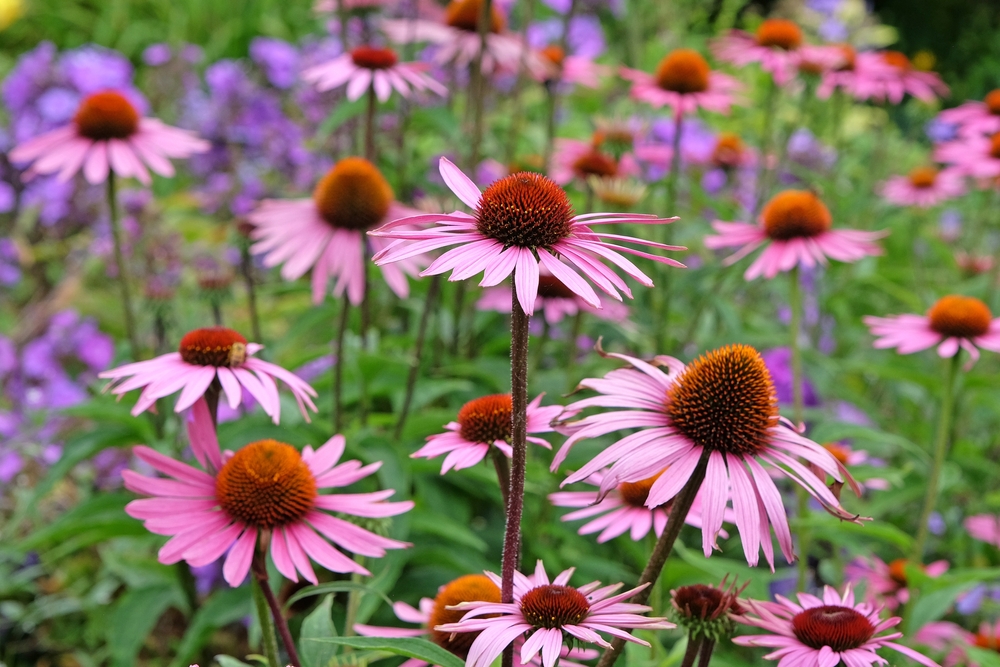
Coneflowers are well-known for their ability to thrive in less-than-ideal conditions. They can grow in poor soil, tolerate drought, and even handle partial shade. Their large, vibrant blooms attract birds and pollinators, making them a beneficial addition to any garden. Once established, coneflowers require little more than occasional watering during dry spells.
These plants are not only durable but also long-lasting. They continue to bloom throughout the summer and into early fall, providing ongoing color. Coneflowers are known for their resilience and ability to survive even in less cared-for gardens. They add a wildflower feel to your landscape while being easy to maintain.
Sedum (Stonecrop)
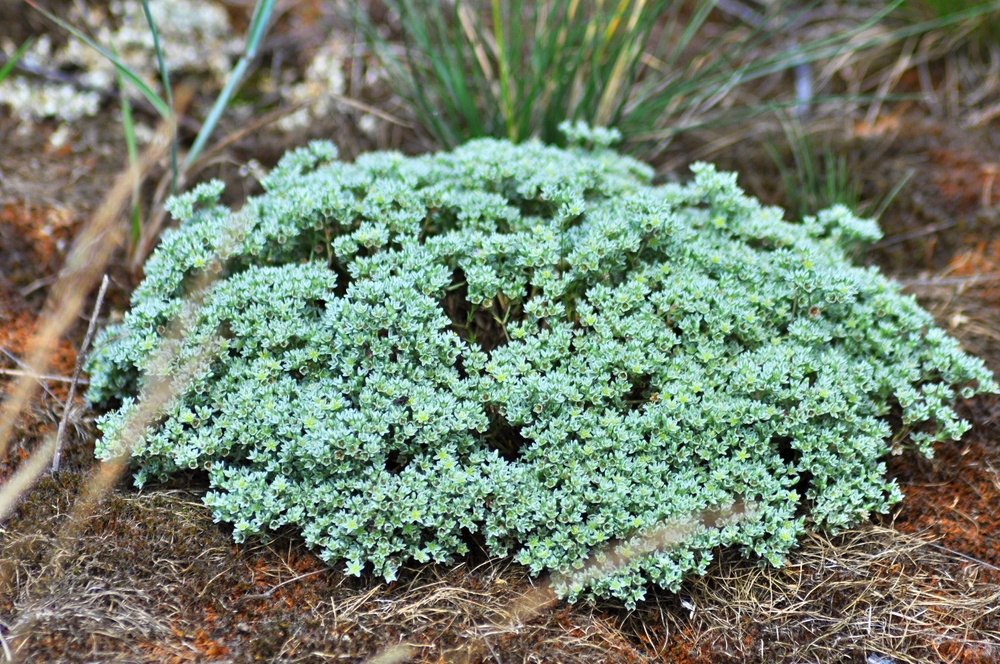
Sedum, commonly referred to as stonecrop, is a drought-tolerant plant that thrives on neglect. It is perfect for rock gardens, borders, or as ground cover, as it spreads quickly and requires minimal upkeep. Sedum can survive in poor, dry soils and can tolerate the heat of summer without much water. Its succulent leaves help it retain moisture, making it especially resilient in hot climates.
This plant comes in various varieties, from ground-hugging types to taller, upright forms. Sedum’s star-shaped flowers bloom in late summer, attracting bees and butterflies. It requires very little fertilizing and thrives in full sun or partial shade. Once planted, it flourishes with minimal care and little attention.
Hostas
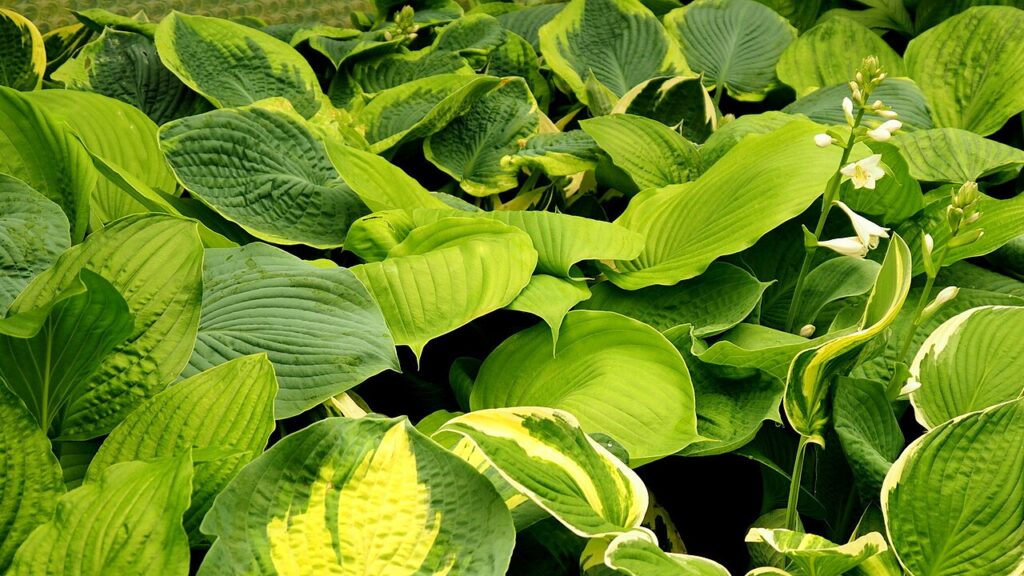
Hostas are shade-loving plants that excel in areas where other plants might struggle. They grow best in rich, well-drained soil but are adaptable to a range of conditions. Known for their lush, green foliage, hostas can handle low light and require only occasional watering once established. They are a great choice for under trees or along shaded pathways.
Aside from their beauty, hostas are also relatively pest-resistant, especially compared to other garden plants. Their wide variety of leaf colors and patterns adds texture and interest to shaded gardens. While they thrive with minimal care, occasional division every few years can help maintain their shape. Hostas remain a low-maintenance, dependable landscaping choice.
Japanese Spirea (Spiraea japonica)
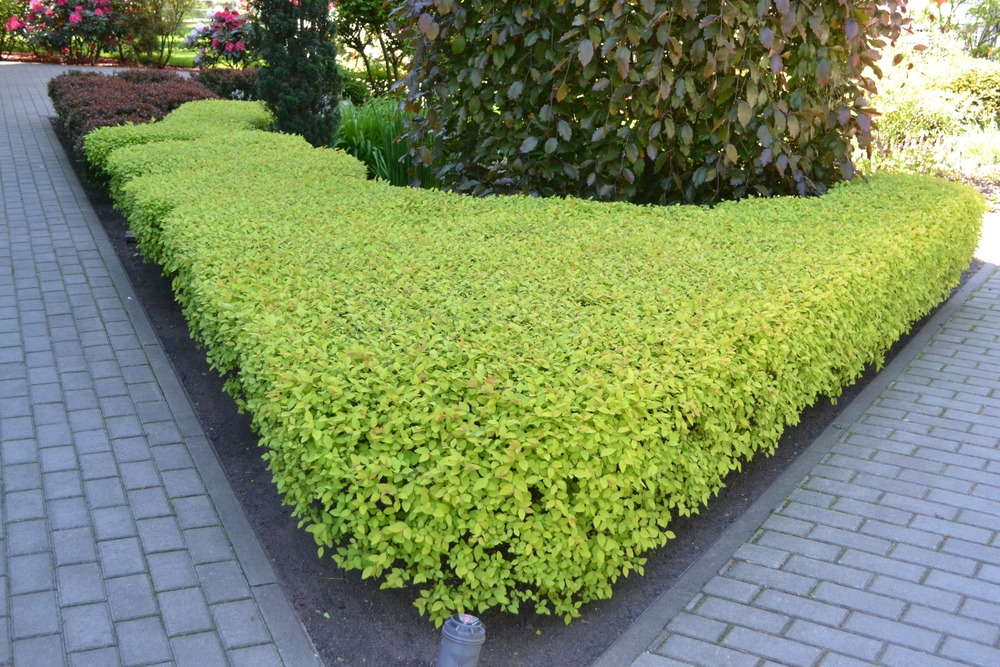
Japanese Spirea is a hardy shrub that blooms profusely without much care. It thrives in full sun or partial shade and tolerates a wide range of soil types, from sandy to clay. Once established, it is drought-tolerant and does not require much watering, making it a perfect addition to any low-maintenance landscape. Its compact size and vibrant pink flowers add interest to your garden without the need for constant maintenance.
The plant’s bushy growth and attractive foliage make it ideal for borders, hedges, or mass plantings. Japanese Spirea grows quickly and does well even in poor soil. It is highly resistant to pests and diseases, ensuring it stays healthy and vibrant throughout the year. With just occasional pruning, it continues to thrive effortlessly.
Russian Sage (Perovskia atriplicifolia)
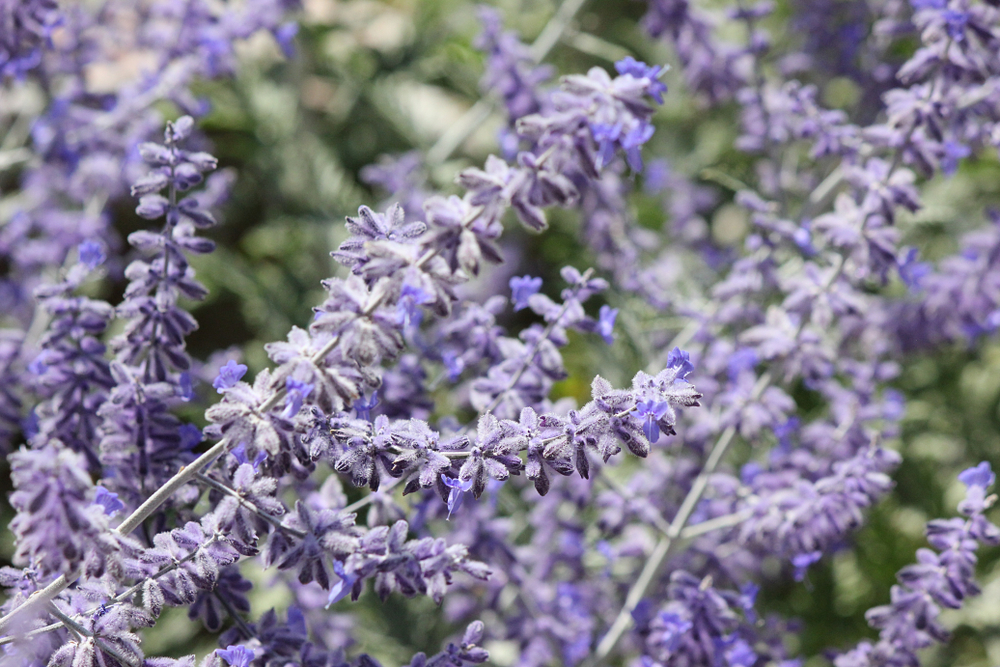
Russian Sage is a hardy perennial that thrives in hot, dry conditions and requires little maintenance. Its silvery foliage and tall, purple flower spikes create a striking contrast in any garden. Russian Sage is drought-tolerant and can handle poor, well-drained soils. It grows best in full sun, where it flourishes with minimal care.
This plant is perfect for areas where other plants may struggle to grow, such as dry, rocky landscapes. Russian Sage continues to bloom from mid-summer to fall, providing extended color. It is highly resistant to pests and diseases, making it a worry-free addition to the garden. A little pruning each year keeps it looking fresh and vibrant.
Black-eyed Susan (Rudbeckia hirta)
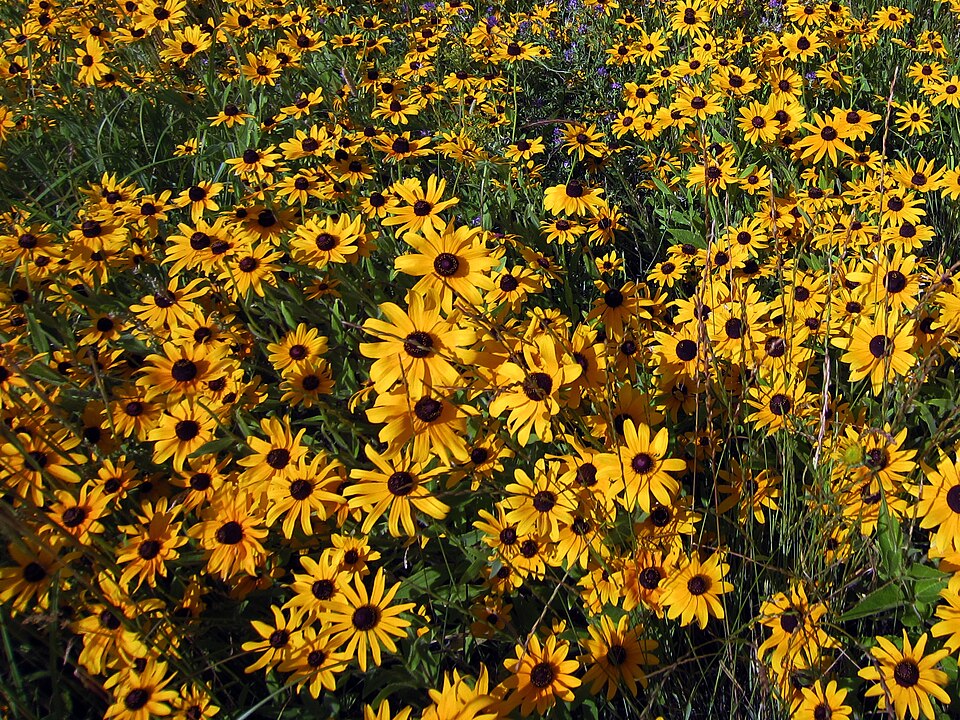
Black-eyed Susan is an easy-to-grow plant known for its cheerful, yellow flowers and ability to thrive in tough conditions. It can tolerate drought, poor soil, and even partial shade, making it a versatile addition to any garden. Black-eyed Susan is perfect for naturalized gardens and wildflower meadows, as it grows quickly and requires minimal care. Its bright blooms attract pollinators, adding life to any outdoor space.
These flowers bloom from summer to fall, providing color long after many other plants have finished blooming. They are tough, resilient, and can survive with little maintenance once established. Black-eyed Susan requires occasional watering and is resistant to many common pests. Their striking beauty makes them a popular choice for low-maintenance landscapes.
Mint (Mentha)
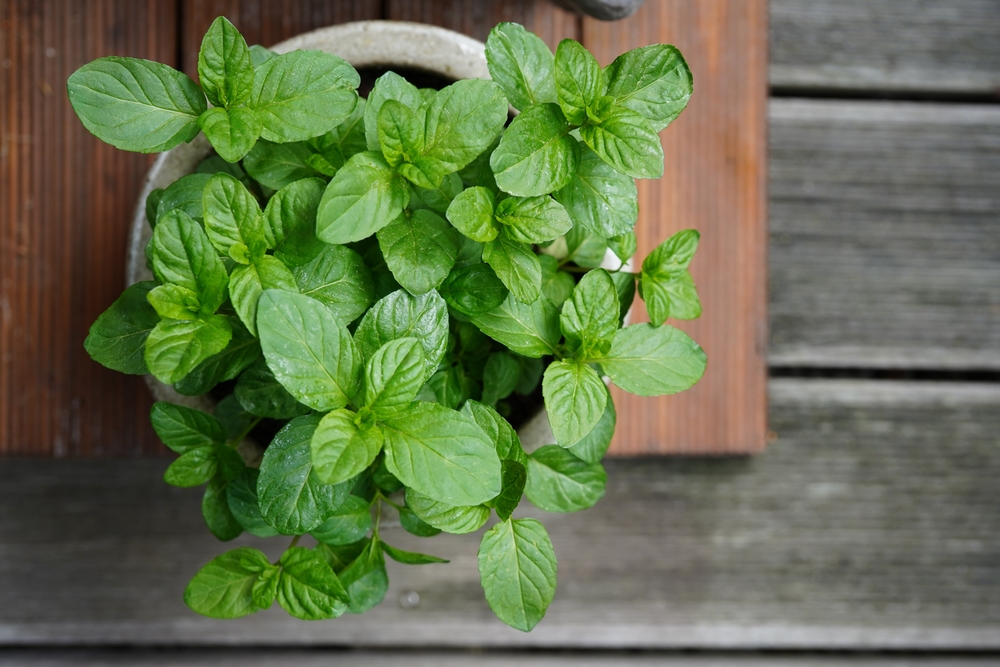
Mint is a highly adaptable plant that grows easily and spreads quickly in many different environments. It thrives in moist, well-drained soil but can grow in a variety of conditions, making it a great addition to gardens with minimal attention. Mint is often used in cooking and for medicinal purposes, adding both functionality and fragrance to your garden. Once established, it requires little maintenance, though it can spread aggressively if not contained.
Mint grows best in partial shade but can tolerate full sun in cooler climates. It does well in containers or garden beds with good drainage. This plant requires little watering once established and can even survive some neglect. Its ability to thrive without much care makes it a perfect herb for beginner gardeners.
Autumn Joy (Sedum)
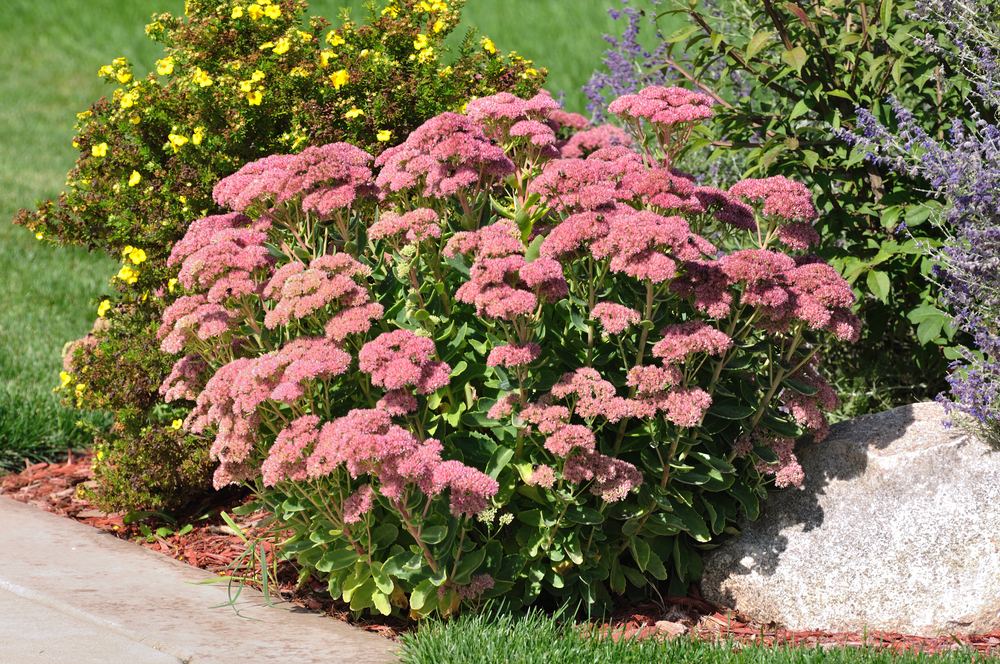
Autumn Joy is a hardy succulent that thrives with little attention. It is known for its large, flat flower heads that change color as they mature, from pink to copper. This plant grows well in poor, dry soils and requires very little water once established. Its thick, fleshy leaves store moisture, making it ideal for dry conditions.
The plant blooms late in the season, providing color when other plants have finished blooming. Autumn Joy grows best in full sun but will tolerate some shade. It requires minimal fertilizing and is resistant to pests. This low-maintenance plant adds a unique texture and late-season interest to any garden.
Yarrow (Achillea millefolium)
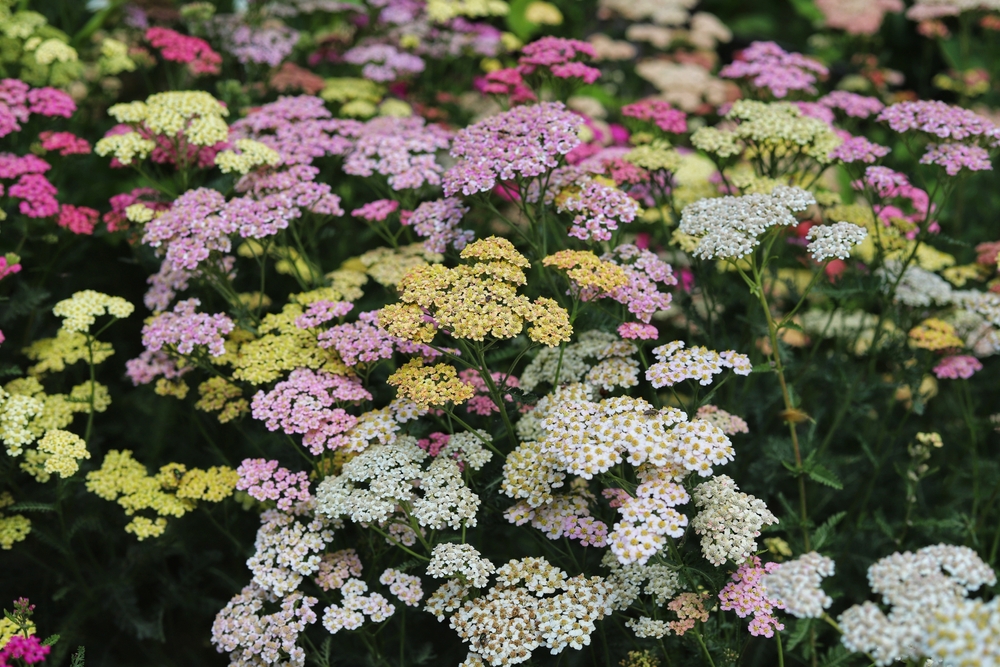
Yarrow is a hardy perennial that grows easily in dry, rocky soil and requires very little care. It is tolerant of drought and grows well in full sun or partial shade. Yarrow produces clusters of colorful flowers that attract butterflies, making it a great addition to wildlife-friendly gardens. It does not need frequent watering and thrives in both poor and fertile soils.
Once established, Yarrow needs little maintenance. It is an excellent choice for xeriscaping, as it can survive with minimal water. The plant’s fine, fern-like foliage adds texture to any landscape, while the flowers provide vibrant color throughout summer. Yarrow is also resistant to pests, ensuring it stays healthy with little effort.
Creeping Jenny (Lysimachia nummularia)
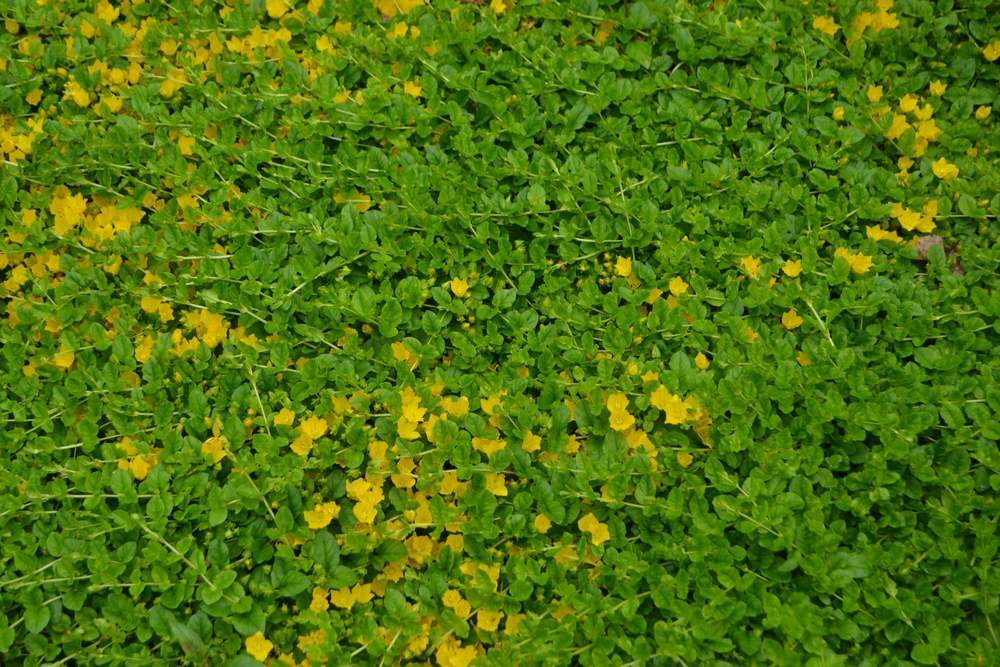
Creeping Jenny is a fast-growing ground cover that thrives in both wet and dry conditions. It’s known for its vibrant green or yellow foliage, which adds color and texture to landscapes. This plant spreads quickly, filling in gaps between other plants or along pathways. Once established, it requires little care and can handle a variety of soil types.
Creeping Jenny can tolerate both sun and shade, though it grows best in moist conditions. It is an excellent choice for covering large areas or creating a lush, low-maintenance ground cover. The plant is also resistant to pests, making it an easy and worry-free addition to any garden. With minimal maintenance, it thrives year after year.
Coral Bells (Heuchera)
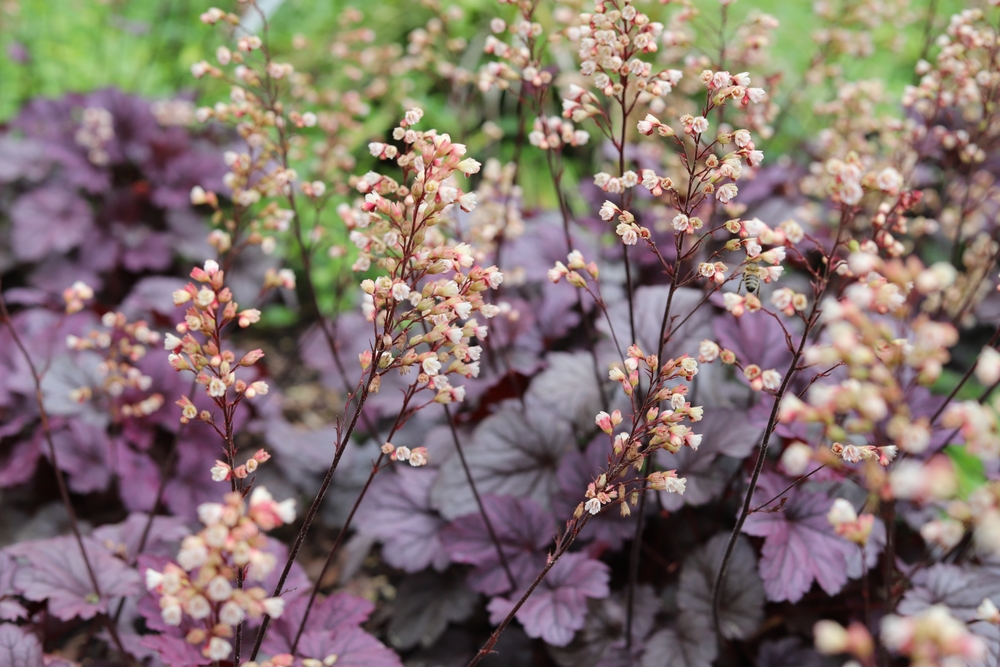
Coral Bells are known for their striking foliage, which comes in a variety of colors, from deep purple to chartreuse. These perennial plants are perfect for shaded gardens and can tolerate dry conditions once established. Coral Bells are not only low-maintenance but also resistant to pests and diseases. Their ability to grow in a range of conditions makes them an ideal choice for gardeners looking for easy-care plants.
They bloom in late spring or early summer with small, bell-shaped flowers that attract pollinators. Coral Bells thrive in well-drained soil and can handle partial to full shade. They require very little watering once established, making them a great option for busy gardeners. Their vibrant foliage and long-lasting blooms make them a standout addition to any landscape.
Bee Balm (Monarda)
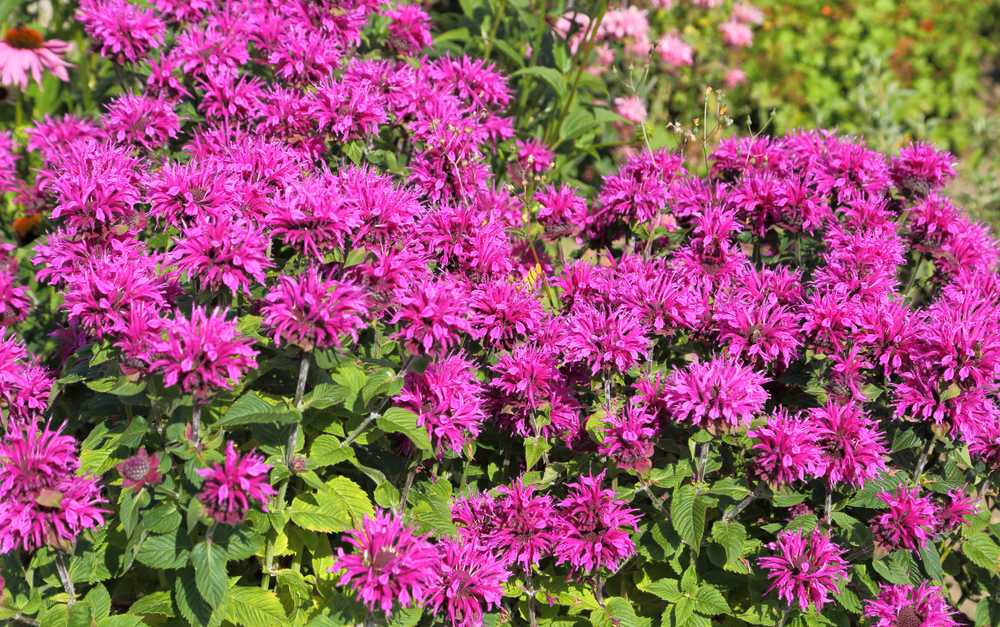
Bee Balm is a hardy perennial known for its fragrant leaves and striking, colorful flowers. It thrives in moist, well-drained soil and can tolerate both sun and partial shade. Bee Balm attracts pollinators, including bees, butterflies, and hummingbirds, making it a great choice for wildlife gardens. It requires minimal care and can withstand drought once established.
The plant blooms in mid-summer, providing a burst of color with its unique tubular flowers. Bee Balm is resistant to pests like deer and rabbits, making it an excellent choice for low-maintenance gardens. It requires little watering once established, and its fragrant leaves can be used in herbal teas. Bee Balm is a reliable and easy-care option for any gardener.
This article originally appeared on Avocadu.
